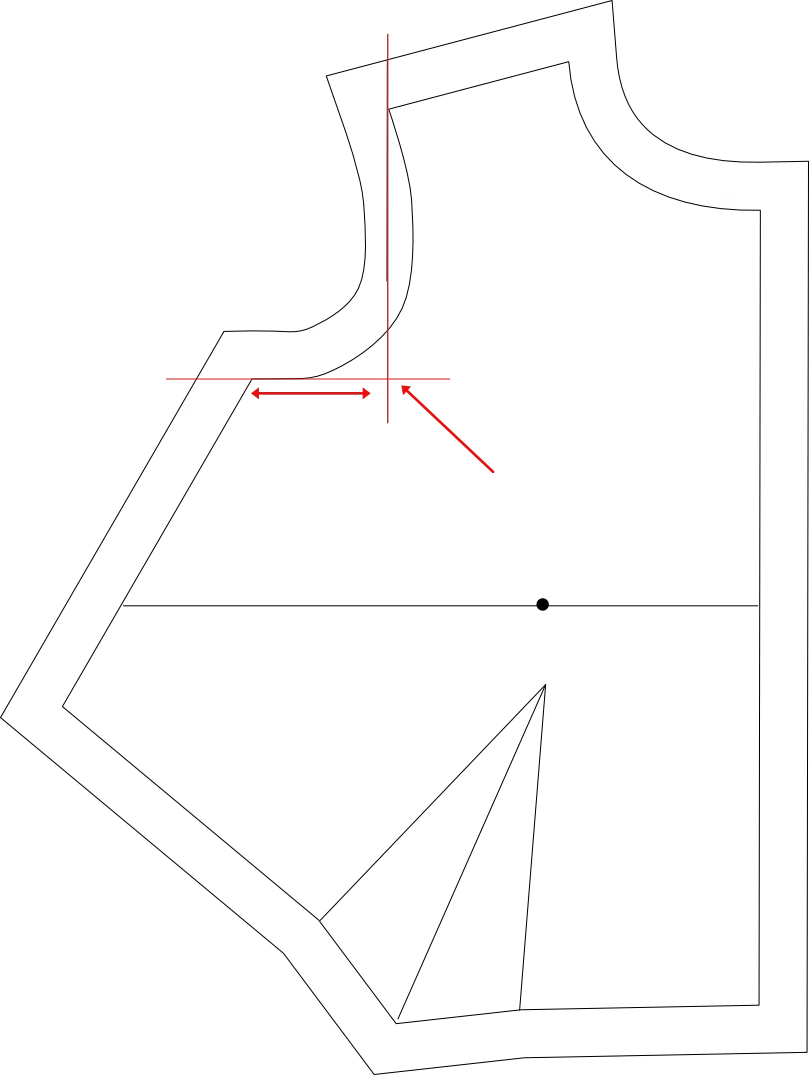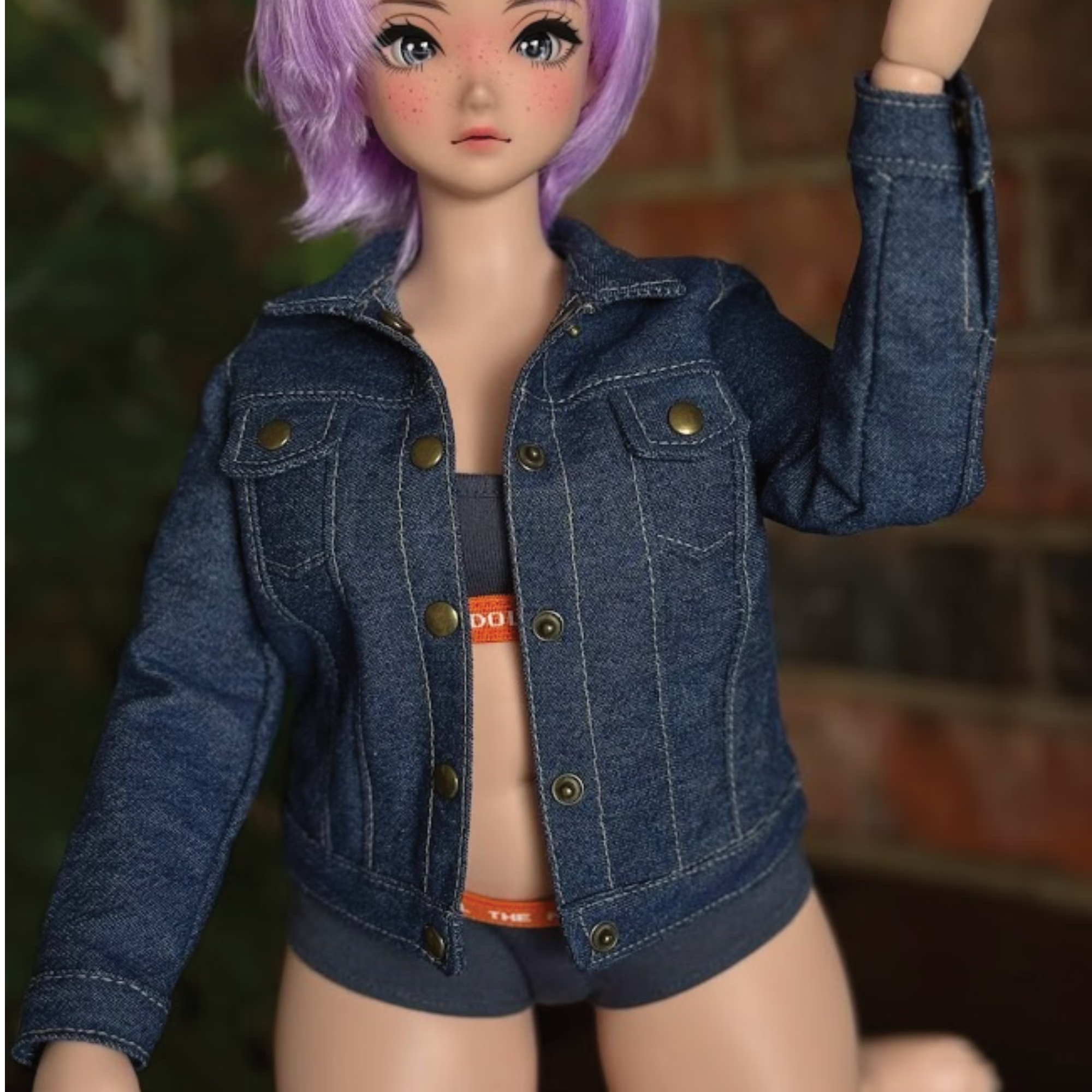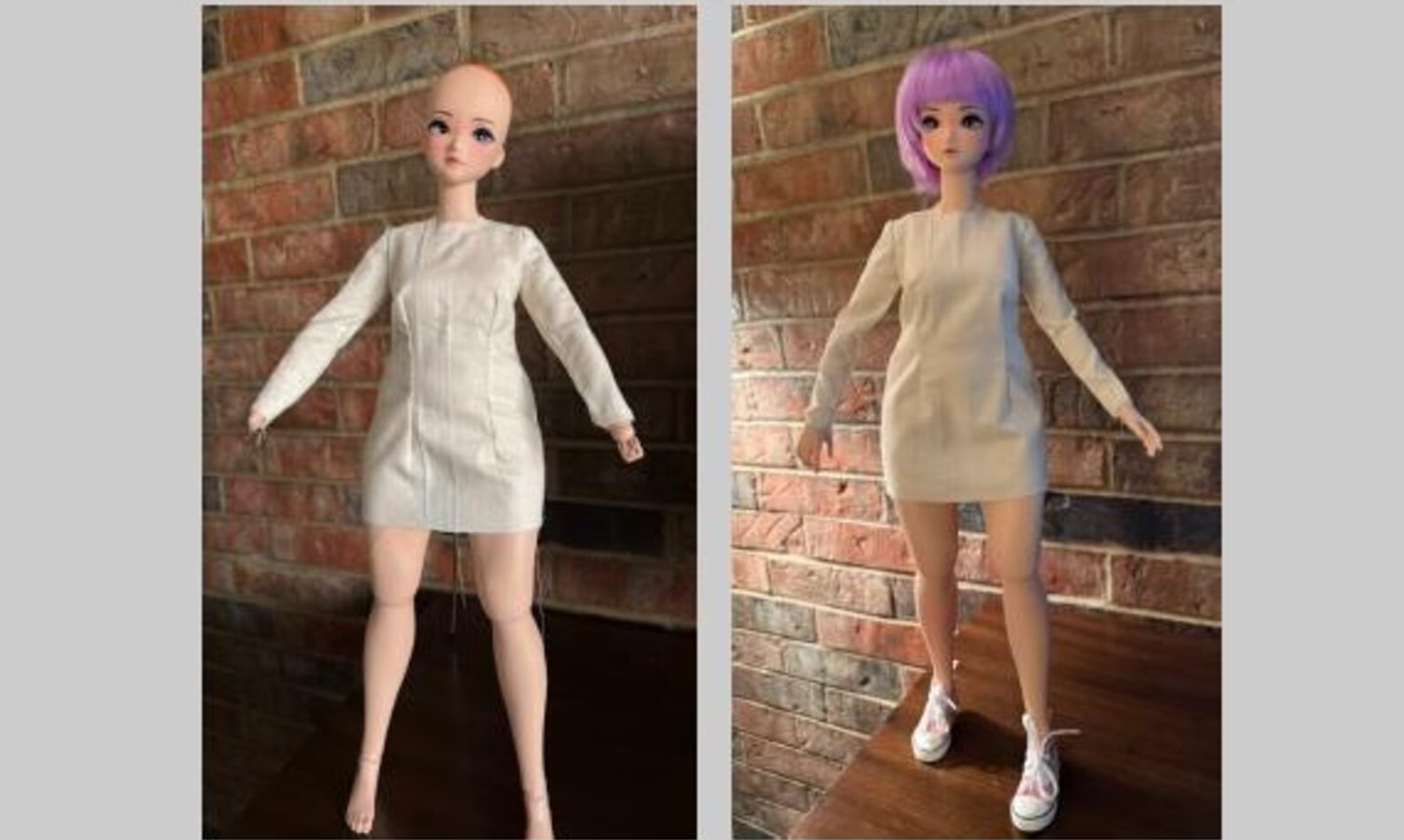There are plenty of ways to make doll patterns, each with perks. I’ll throw in some helpful links for you. Here’s a quick rundown of some standard techniques:
Drafting from Measurements
- Take Measurements: Start by taking precise measurements of your doll (e.g., bust, waist, hips, shoulder width).
- Create Basic Blocks: Based on these measurements, draft basic blocks for the bodice, skirt, and sleeves.
- Add Design Elements: Modify the blocks to include design details like darts, pleats, and gathers.
Draping Method
- Use Muslin or Fabric: Drape muslin or fabric directly on the doll to create the garment’s shape.
- Pin and Mark: Pin the fabric to the doll and mark seam lines, darts, and other design elements.
- Transfer to Paper: Remove the draped fabric and transfer the markings to pattern paper.
Existing Patterns
- Commercial Patterns: Purchase commercial doll patterns and use them as a base.
- Modify Patterns: Alter these patterns to fit your design ideas by adjusting measurements and adding new style lines.
Painters Tape Method
- This involves wrapping the doll’s body in plastic and applying painter’s tape to create a mold cut to make a flat pattern.
Scaling Down Full-Size Patterns
- Proportional Scaling: Proportionately scale down full-size garment patterns to fit the doll’s measurements.
- Adjust for Fit: Make necessary adjustments to ensure the patterns fit the doll correctly.
Patternmaking Software (Also drafting from measurements)
- Digital Tools: Once you overcome the learning curve, you can digitize your patterns using software such as Affinity Designer, Adobe Illustrator, and Seamly 2D.
- Print and Test: Make adjustments as needed.
Combining Techniques
- Hybrid Approach: Mix methods to achieve the best results, such as combining draping with digital pattern drafting.
Tips for Successful Patternmaking:
- Precision: You need to learn to make basic patterns that fit well. Accurate measurements are key.
- Test Prototypes: Always create a muslin prototype to test your patterns before using your final fabric.
- Experiment and Adjust: Practice, adjust, and repeat. If something is not right the first time, fix it before proceeding to the next step.
Each method offers unique advantages, so you can choose one or all that work best for you and your project needs. I think draping is the most accurate method for drafting the pattern.
Regardless of the method, the final step is to sew a mockup and revise it until you reach the final pattern.





Leave a Reply